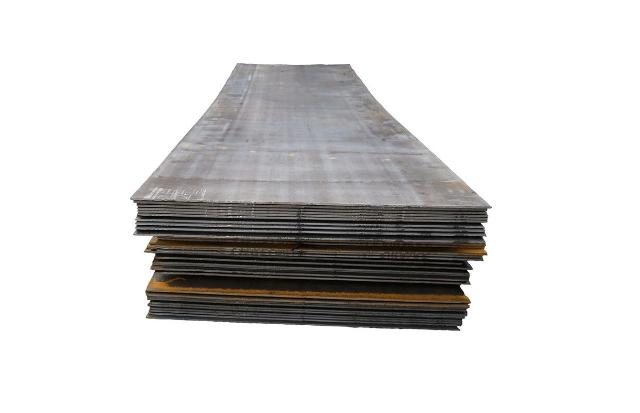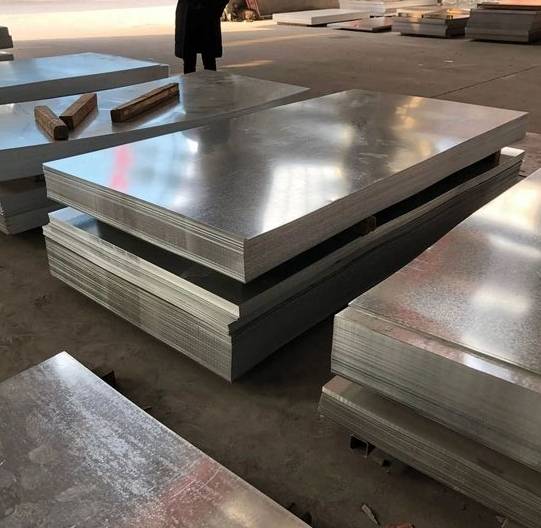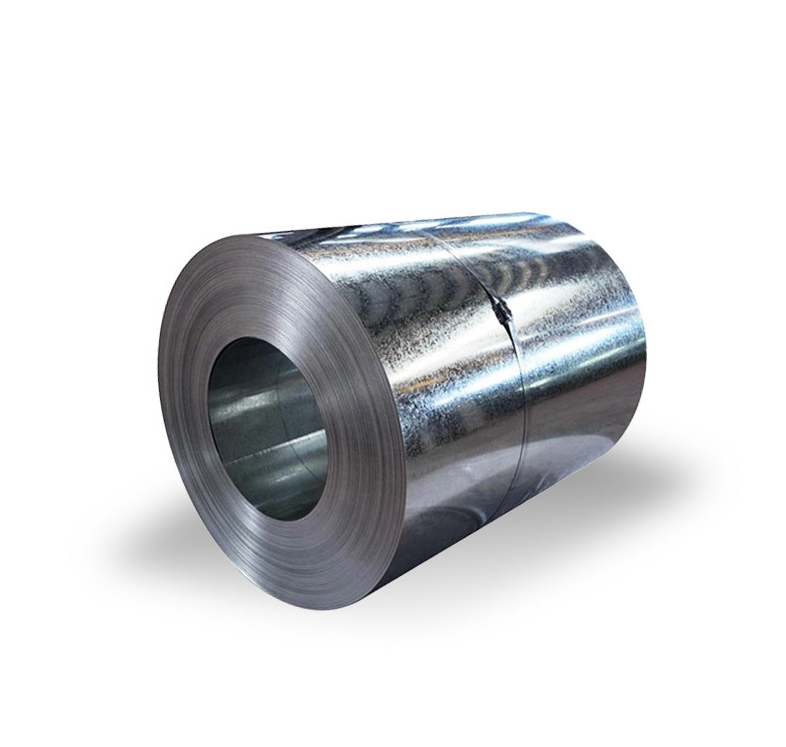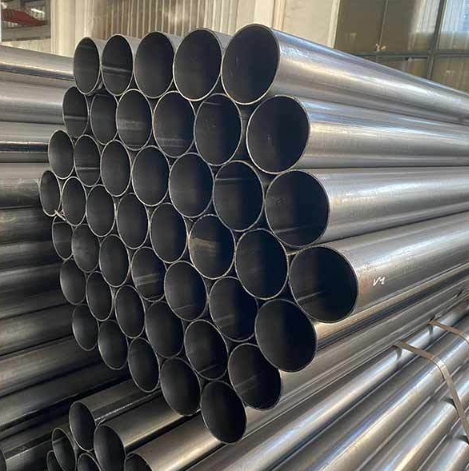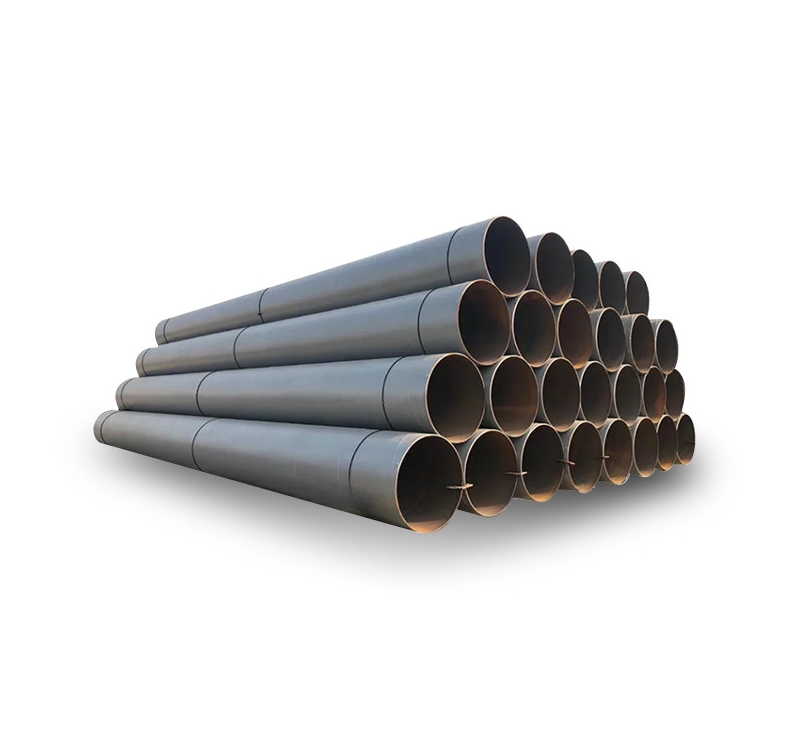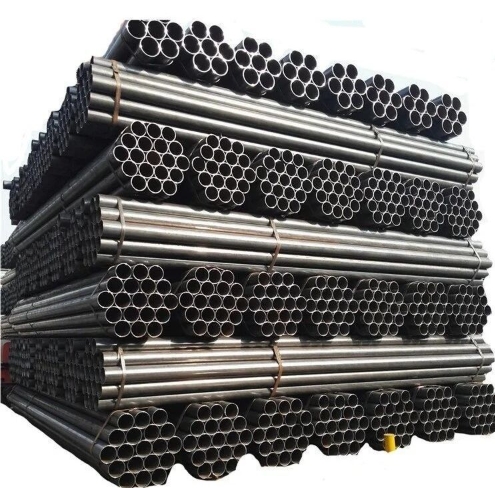What Is 1/2 Carbon Steel Plate?
When it comes to industrial applications, 1/2 carbon steel plate is a crucial material. Carbon steel, commonly referred to as “mild steel” in many cases, is widely used across various industries, from construction to manufacturing. A 1/2 carbon steel plate contains a higher percentage of carbon than low-carbon steel but is more malleable and affordable compared to high-carbon steel.
In this guide, we’ll explore everything you need to know about 1/2 carbon steel plate, including its characteristics, benefits, applications, and more. Whether you’re an engineer, manufacturer, or simply curious about carbon steel, this article will help you understand its value and practical uses.
What Is the Composition of 1/2 Carbon Steel Plate?
Carbon Content and Its Impact on Steel Properties
A 1/2 carbon steel plate typically contains 0.30% to 0.60% carbon, which significantly influences its mechanical properties. Carbon content plays a vital role in determining the steel’s hardness, ductility, and tensile strength. The higher the carbon content, the harder and stronger the steel becomes, but it also becomes less malleable and more prone to brittleness.
Key Properties:
-
Tensile Strength: 70,000 to 80,000 psi
-
Hardness: 120 to 180 HB (Brinell scale)
-
Ductility: Moderate (compared to high-carbon steel)
These properties make 1/2 carbon steel plate ideal for applications requiring high strength but moderate flexibility, such as structural supports and heavy machinery components.
Benefits of Using 1/2 Carbon Steel Plate
Why Opt for 1/2 Carbon Steel Plate?
-
Durability and Strength: The combination of strength and moderate flexibility makes 1/2 carbon steel plate suitable for long-term durability.
-
Cost-Effective: Compared to high-carbon steel, it offers excellent mechanical properties at a lower cost, making it ideal for budget-conscious projects.
-
Ease of Welding: Despite the relatively high carbon content, 1/2 carbon steel plates can be welded with relative ease, making it convenient for manufacturing processes.
Common Applications of 1/2 Carbon Steel Plate
Where Is 1/2 Carbon Steel Plate Used?
Structural Applications
1/2 carbon steel plate is commonly used in construction and infrastructure projects. Its ability to bear heavy loads and its moderate cost make it a preferred choice for structural applications.
Manufacturing Machinery
Due to its durability, this type of steel is also used in manufacturing machinery, particularly for machine frames and parts exposed to high levels of stress.
Automotive Industry
In automotive manufacturing, 1/2 carbon steel plate is used to create parts such as frames, axles, and various chassis components.
Oil and Gas Industry
The toughness of 1/2 carbon steel plate makes it ideal for pipelines, drilling equipment, and structural components in the oil and gas sector.
1/2 Carbon Steel Plate vs Other Carbon Steel Plates
Comparison Table: 1/2 Carbon Steel Plate vs Low-Carbon Steel Plate vs High-Carbon Steel Plate
| Property/Type | 1/2 Carbon Steel Plate | Low-Carbon Steel Plate | High-Carbon Steel Plate |
|---|---|---|---|
| Carbon Content | 0.30%-0.60% | 0.05%-0.30% | 0.60%-1.0% |
| Tensile Strength | 70,000 – 80,000 psi | 40,000 – 50,000 psi | 90,000 – 110,000 psi |
| Hardness | 120-180 HB | 80-120 HB | 180-250 HB |
| Ductility | Moderate | High | Low |
| Weldability | Good | Excellent | Fair |
| Cost | Moderate | Low | High |
As seen in the table, 1/2 carbon steel plate provides a good balance between strength and flexibility, making it more versatile than low-carbon steel and more affordable than high-carbon steel.
How to Choose the Right 1/2 Carbon Steel Plate for Your Project
Step-by-Step Guide
-
Assess Your Needs: Determine the primary function of the steel plate in your project. Are you focusing on strength, durability, or ease of welding?
-
Measure Carbon Content: Choose the right 1/2 carbon steel plate based on its carbon content. The higher the carbon percentage, the stronger the steel.
-
Consider the Environment: If your application involves extreme temperatures or harsh weather, make sure to select a steel plate with corrosion-resistant coatings.
-
Check Plate Thickness: Ensure the steel plate thickness is suitable for your needs. For example, thicker plates may be necessary for structural projects.
-
Consult an Expert: When in doubt, consult with a steel supplier or manufacturer to ensure you’re selecting the best plate for your specific requirements.
Common Mistakes When Using 1/2 Carbon Steel Plate
⚠️ Attention: Avoid These Mistakes!
-
Overestimating Strength: While 1/2 carbon steel plate is strong, it doesn’t perform as well in high-impact situations as high-carbon steel. Overuse in demanding applications can lead to cracks and failure.
-
Inadequate Heat Treatment: Improper heat treatment can result in brittleness. Always follow proper heating and cooling processes to maintain steel integrity.
-
Incorrect Welding Technique: Although 1/2 carbon steel plate is weldable, incorrect welding practices can compromise the plate’s strength and integrity. Always use the right filler material and heat control when welding.
Checklist for Using 1/2 Carbon Steel Plate
Before finalizing your purchase and usage of 1/2 carbon steel plate, make sure to follow this practical checklist:
-
✅ Carbon Content: Verify the carbon content to ensure it meets your project’s requirements.
-
✅ Weldability: Ensure welding processes are correct for your application.
-
✅ Strength Requirements: Match the steel plate’s tensile strength to your project’s load-bearing needs.
-
✅ Thickness and Size: Confirm plate dimensions and thickness for your specific needs.
-
✅ Corrosion Protection: Consider any protective coatings if the plate will be exposed to harsh environments.
Conclusion
In summary, 1/2 carbon steel plate is a highly versatile and cost-effective material ideal for many industries. Its balance between strength and flexibility makes it an excellent choice for structural and manufacturing applications, especially in industries such as construction, automotive, and oil and gas. When selecting 1/2 carbon steel plate, be sure to assess your project’s specific needs, consider the material’s properties, and follow the appropriate procedures to avoid common mistakes.
By understanding the properties, applications, and best practices for using 1/2 carbon steel plate, you can ensure the success of your projects and make informed material decisions.


